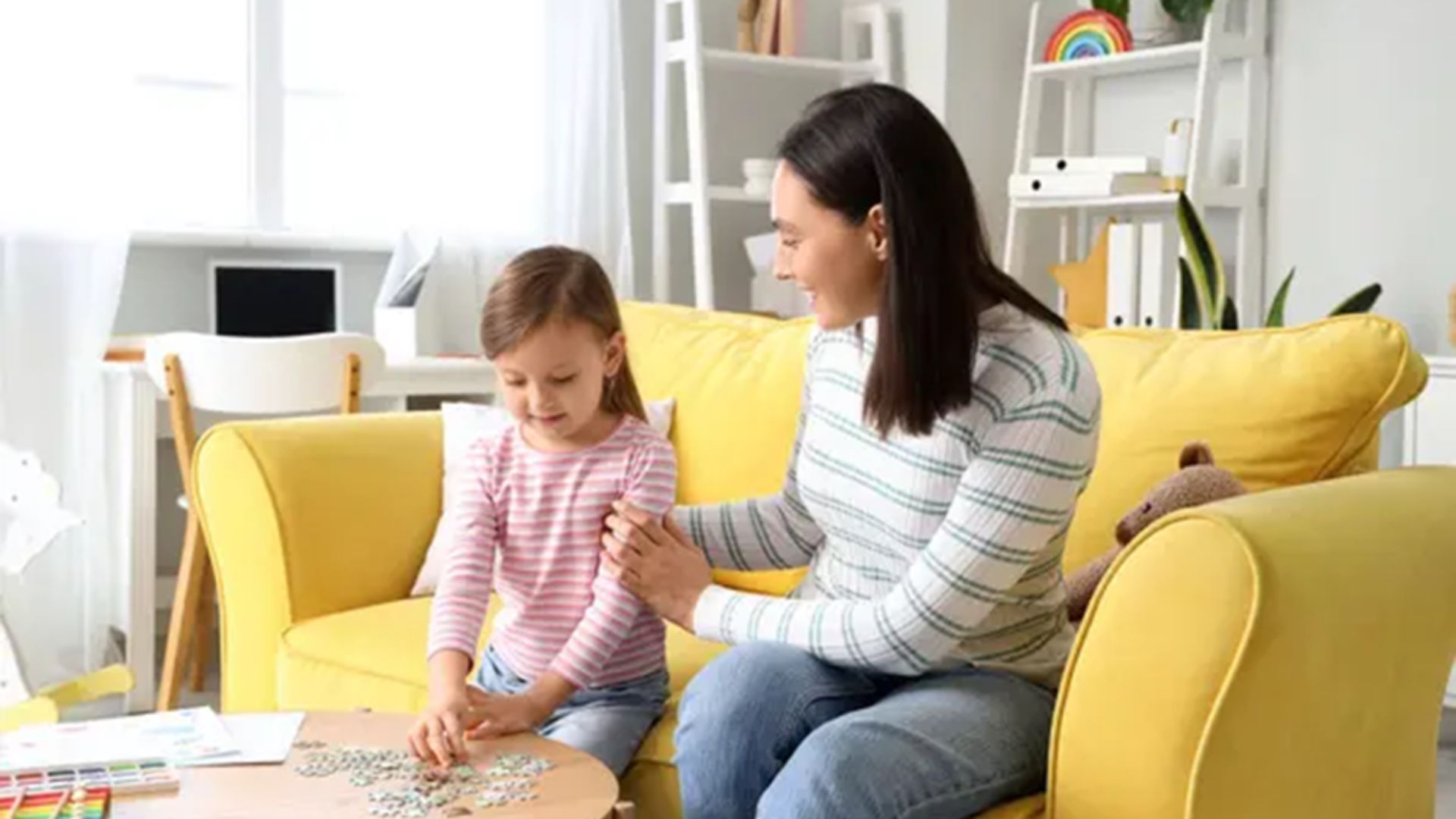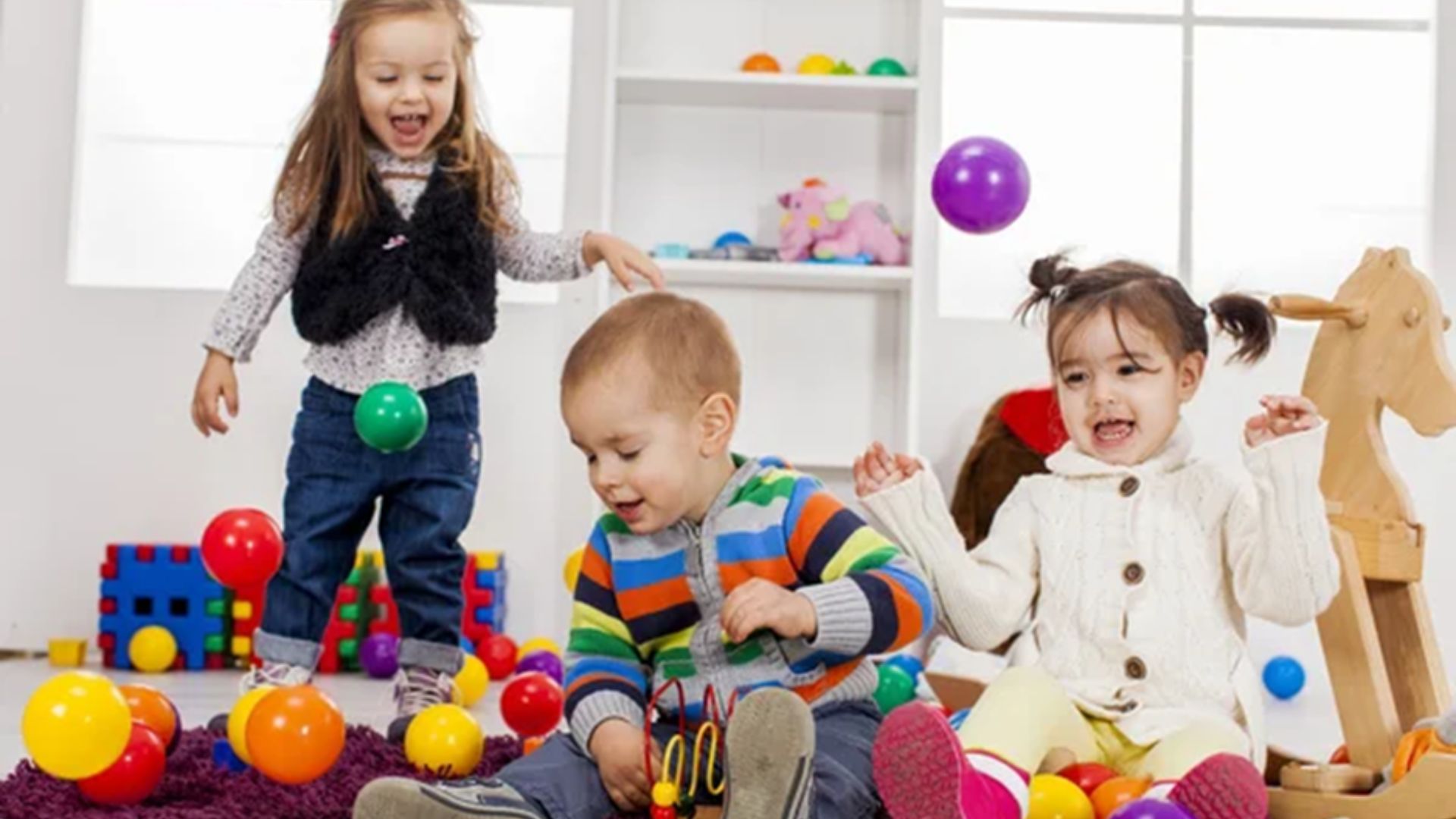
ABA and Speech Therapy: A Combined Approach to Child Development in Grapevine
In Grapevine, parents of children with autism spectrum disorder (ASD) often seek effective interventions to support their child’s development. While both Applied Behavior Analysis (ABA therapy programs) and Pediatric Speech-Language Pathology (Pediatric SLP) are valuable therapies, their combined approach can yield remarkable results. This blog explores how these therapies complement each other, highlighting the benefits for children and showcasing successful case studies within the Grapevine community.
Understanding the Power of Combined Therapies
Applied Behavior Analysis (ABA therapy programs) is a scientifically-backed approach that focuses on observable behaviors. It utilizes systematic interventions to increase desired skills and decrease challenging behaviors. By breaking down complex skills into smaller, more manageable steps, ABA helps children with autism learn and grow.
Pediatric Speech-Language Pathology (Pediatric SLP) focuses on assessing and treating communication disorders, including speech, language, and social communication. SLPs work with children to improve their ability to:
- Produce sounds correctly: This includes articulation, fluency, and voice disorders.
- Understand and use language: This encompasses receptive and expressive language skills, such as vocabulary, grammar, and following directions.
- Communicate effectively: This involves social communication skills, such as understanding and using nonverbal cues, engaging in conversation, and navigating social situations.
The Synergy of ABA and Speech Therapy
When combined, ABA and speech therapy programs create a powerful synergy that can significantly enhance a child’s development. Here’s how these therapies complement each other:
- Communication Enhancement: ABA can target specific communication skills like requesting, labeling, and turn-taking. For example, an ABA therapist might use picture cards to teach a child to request a drink. Simultaneously, a Pediatric SLP can provide in-depth language instruction, focusing on grammar, vocabulary, and expressive/receptive language. They might work on expanding the child’s vocabulary related to food and drink, and teach them to use complete sentences like, “I want a glass of water, please.”
- Social Skills Development: ABA can address social interaction challenges within structured settings, such as teaching children to initiate and maintain play with peers. Pediatric SLPs can focus on social pragmatics, such as understanding social cues, maintaining eye contact, and engaging in conversation. They can role-play social scenarios and help children develop appropriate social responses.
- Behavioral Support: Challenging behaviors, such as self-stimulation or aggression, can interfere with communication and learning. ABA can help manage these behaviors through strategies like functional communication training, which teaches children to communicate their needs appropriately instead of engaging in challenging behaviors. This creates a more conducive environment for speech and language therapy.
- Skill Generalization: By consistently applying ABA principles across various settings, including speech therapy programs, children can generalize learned skills to real-life situations. For example, if a child learns to request a toy during an ABA session, the SLP can reinforce this skill during play therapy programs by encouraging the child to ask for a toy from another child.
Examples of Combined Approaches

- Pivotal Response Training (PRT): This ABA approach emphasizes child motivation and responsiveness, making it highly compatible with SLP interventions. PRT focuses on increasing a child’s motivation to learn and communicate, which can significantly enhance their engagement in speech therapy.
- Early Start Denver Model (ESDM): This comprehensive model integrates developmental principles with ABA, naturally incorporating language and communication goals. ESDM provides a framework for addressing a child’s developmental needs in a holistic manner, seamlessly integrating language and communication goals within a broader developmental context.
- Joint Attention: This critical social communication skill can be targeted through both ABA and SLP interventions. ABA therapists can use techniques such as following the child’s lead and engaging in shared focus activities to improve joint attention. SLPs can incorporate activities that enhance the child’s ability to understand and respond to social cues, such as pointing and gaze following.
Benefits for Children
A combined approach offers numerous benefits for children with ASD:
- Improved Communication: Enhanced vocabulary, grammar, and social communication skills lead to more effective interactions and increased independence. Children can better express their needs, build relationships, and participate more fully in their communities.
- Decreased Challenging Behaviors: By addressing underlying communication needs and improving behavioral regulation, children experience less frustration and anxiety. This can lead to a significant improvement in their overall quality of life.
- Increased Social Participation: Improved social skills foster meaningful relationships with peers, family, and the community. Children can engage in more enjoyable social interactions, participate in group activities, and develop friendships.
- Enhanced Cognitive Development: Communication and social interaction are crucial for cognitive growth. A combined approach can significantly impact overall development, including cognitive skills such as problem-solving, abstract thinking, and theory of mind.
Grapevine Case Studies
The Case of Little Lily
Lily, a bright 4-year-old from Grapevine, was diagnosed with autism spectrum disorder at the age of 2. While she was a joyful child, she faced significant challenges with communication. Lily exhibited limited verbal skills, often resorting to tantrums to express her needs. She struggled with social interaction, avoiding eye contact and preferring solitary play.
Lily’s parents sought a comprehensive approach to support their daughter’s development. They enrolled her in an intensive ABA therapy program at a local center in Grapevine. The program incorporated a strong emphasis on communication and social skills development.
Concurrently, Lily began receiving Pediatric SLP services. Her SLP focused on developing her expressive and receptive language, targeting vocabulary expansion, sentence structure, and pragmatic language skills. The SLP worked closely with the ABA therapists to ensure consistency and generalization of skills across different settings.
Through this combined approach, Lily made remarkable progress. Her communication skills significantly improved. She began using short phrases and sentences to express her wants and needs, reducing the frequency of tantrums. With the support of her SLP, Lily learned to initiate and maintain conversations, demonstrating improved social engagement.
Lily’s parents were thrilled with her progress. They observed increased confidence and a greater sense of independence in their daughter. The combined ABA and SLP approach not only improved Lily’s communication and social skills but also fostered her overall development and well-being.
The Case of Young Ethan
Ethan, a 6-year-old boy from Grapevine, was diagnosed with autism at an early age. He displayed significant challenges with communication, exhibiting echolalia (repeating words or phrases) and limited spontaneous speech. Ethan also struggled with social reciprocity, often appearing withdrawn and disinterested in social interactions.
Ethan’s parents sought a multi-faceted approach to address his needs. They enrolled him in an ABA therapy program at a center known for its focus on social skills development and communication. The ABA therapists utilized a combination of techniques, including pivotal response training and discrete trial training, to target specific communication goals.
Simultaneously, Ethan began receiving Pediatric SLP services. His SLP focused on developing functional communication skills, such as requesting items, expressing needs, and engaging in simple conversations. The SLP utilized a variety of techniques, including augmentative and alternative communication (AAC) strategies, to support Ethan’s communication development.
Through the collaborative efforts of the ABA therapists and the SLP, Ethan’s communication skills gradually improved. He began to use more spontaneous speech, expressing his thoughts and feelings with increasing clarity. His social engagement also increased, as he showed more interest in interacting with others and participating in group activities.
Ethan’s parents were delighted with his progress. They observed a significant improvement in his overall quality of life, as he became more independent and socially engaged. The combined ABA and SLP approach provided Ethan with the necessary support to overcome his communication challenges and thrive.
Finding the Right Support in Grapevine
For parents in Grapevine seeking the best possible support for their child with ASD, exploring a combined ABA and speech therapy program approach is highly recommended.
- Consult with local Pediatric SLPs to discuss your child’s specific needs and explore potential collaborations with ABA providers.
- Research ABA therapy programs in Grapevine that offer integrated services or have strong relationships with local SLPs.
- Schedule a comprehensive evaluation to assess your child’s communication, social, and behavioral needs.
By combining the strengths of these powerful therapies, you can provide your child with the most comprehensive and effective support for their unique developmental journey.
Additional Resources
By following these steps and working closely with qualified professionals, parents can empower their children with autism to reach their full potential.

